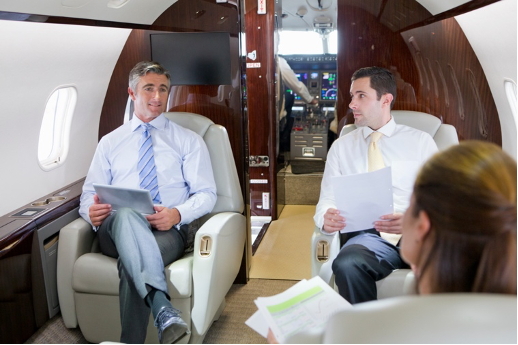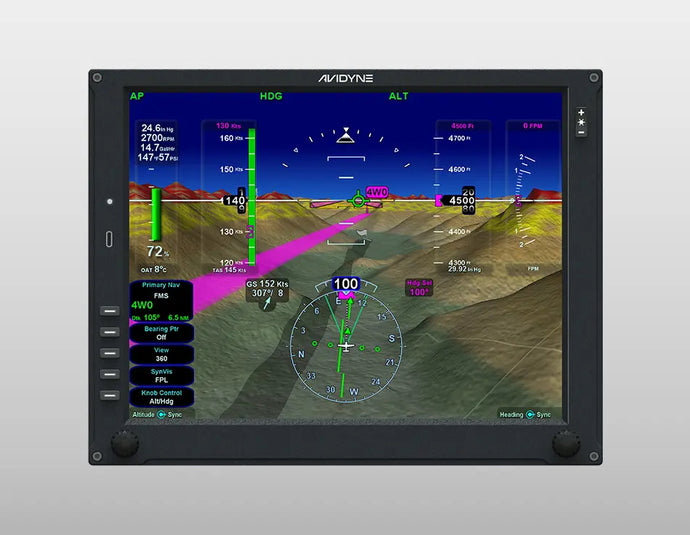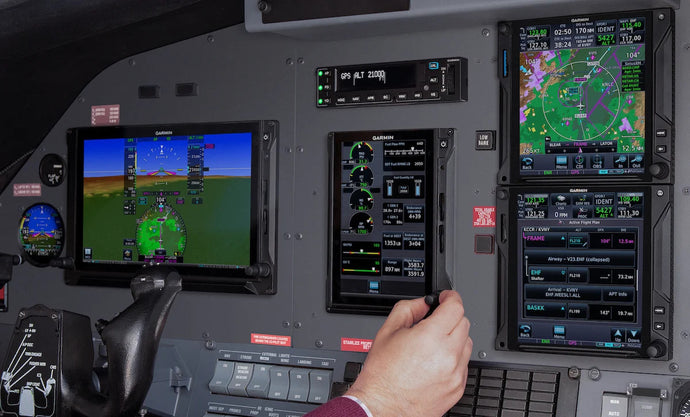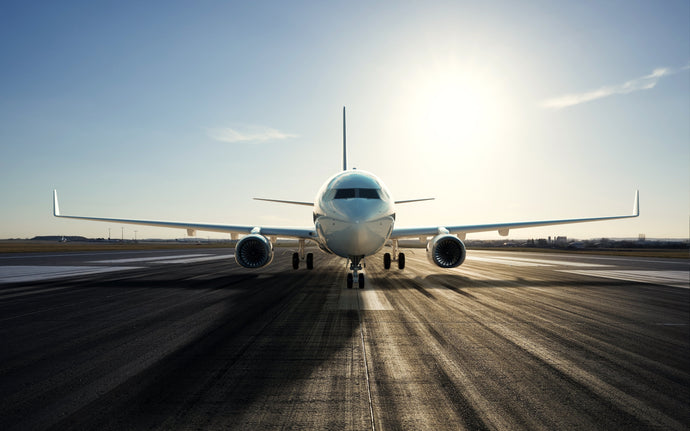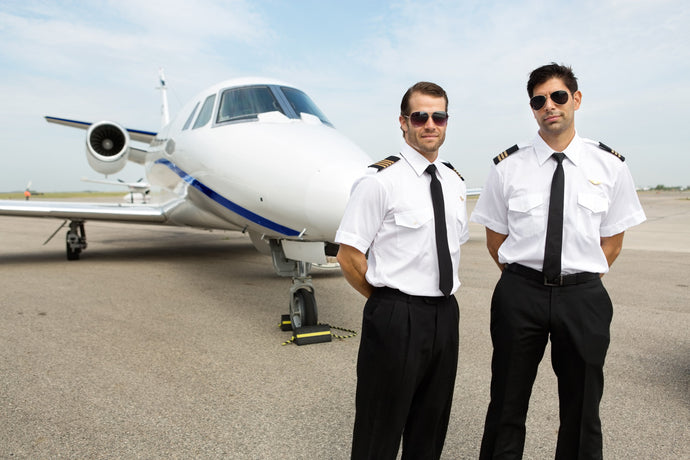
Q: Hey Mike. I hear the new digital autopilots are pretty great in terms of their capabilities. But how are they in terms of affordability?
This is actually a question we get a lot at the shop. Pilots and owners often share stories with each other about their new “toys”, and they’re impressed by some of the newer features available like return to level mode, underspeed and overspeed protection and terrain warning systems.
These things not only make flying a lot safer, they also reduce the pilot workload so the whole experience is more enjoyable.
That’s all good and great, but you’ll rarely find a customer who doesn’t also want to know how much they’ll be shelling out to get those bells and whistles.
The short answer is a lot less than they probably think.
Some of the best hardware available starts well under $10k plus the cost of install. In relative terms, the new digital autopilots are less than half the cost of what they were even five years ago. So, the price has never been more affordable, and the features have never been as robust as they are today.
If all that doesn’t get you thinking, then consider the fact that the value of your aircraft instantly goes up when you replace a legacy analog system with a new digital system. And you still get to enjoy the added benefits of increased safety, smoother flying, and better fuel efficiency. There’s an immediate ROI on multiple fronts.
If you’re asking whether or not they’re affordable, my question is always: “Can you afford not to have one?”
Q: Hey Mike. On every runway I see black marks where the tires of the landing gear touch down. Does the rubber ever build up to the point it becomes unsafe and has to be removed?
Yes, it does! Those rubber deposits can impact braking when the runway is wet. A typical airliner leaves behind a pound of rubber per tire during a landing. That’s at least 5 pounds for some of the larger aircraft. High-use runways build up tire deposits frequently, and most airports have a runway maintenance plan that includes removing all those deposits. This cleaning is often done at night when the demand is lower. There are a variety of ways to clean the runway including high pressure water, solvents, or a combination of both.

